1. Save Water
Conserving water is another simple way to be more eco-friendly at home.
Start by checking all over your house for any leaks that may be affecting your water usage. Then try to be more conscious of conserving water in even the littlest ways. For example, turn off the tap when you’re not using it, such as when you’re brushing your teeth. It’s a common thing for people to leave the tap running while they brush.
According to waterwise.org a running tap can waste over 6 litres of water per minute. Meaning, if adults brush their teeth as recommended, twice per day for two minutes, they could be wasting over 24 litres of water per day. If there’s two adults in the house, that’s over 48 litres of water per day, which is over 17,500 litres of water per year!
All these little things will help you save water, which in turn, naturally will help the environment, and reduce your overall water usage and costs while you’re at it.
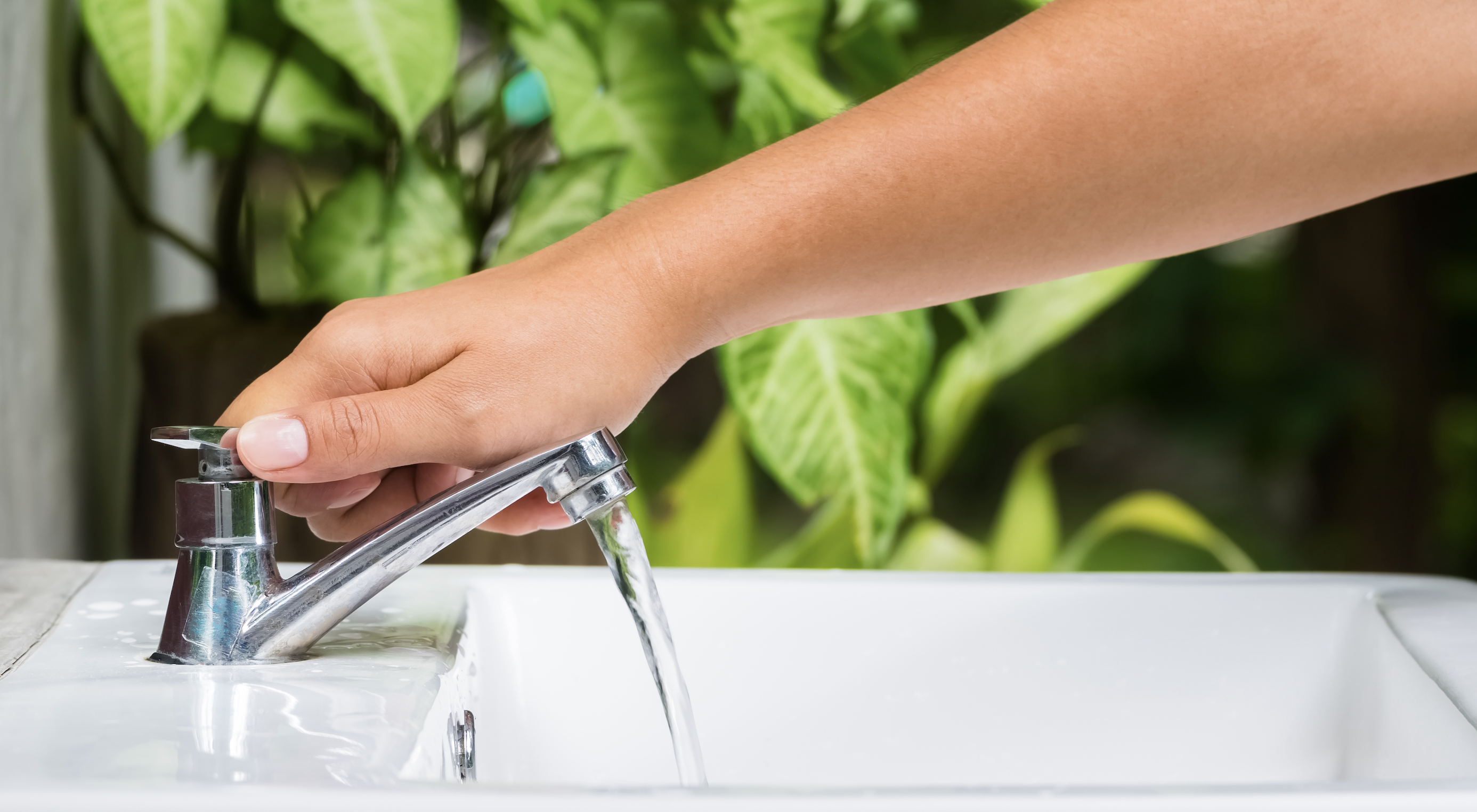

2. Embrace Natural Cleaning Products
Becoming more eco-friendly doesn’t have to be an immediate shift to living a sustainable life. Like with any changes, small changes are often the easiest to adjust to, rather than large changes all at once.
There are many achievable ways you can live more sustainably without making it too complicated or difficult to achieve.
One very simple step you can make, is to use natural cleaning products. There are many harmful chemicals inside standard cleaning products that inadvertently are being washing away into the environment.
Instead of using typical cleaning products, you can purchase green and yet still readily available products. You can easily purchase greener cleaning solutions in the same places that you buy your natural cleaning products such as the supermarket and even some dairies.
3. Invest in Wooden Furniture
Investing in more wooden furniture is one of the simplest ways to have a more eco-friendly home.
Wood furniture is very sturdy, and it lasts for a long time. This means you won’t have to replace these items as often, as long as you maintain them or don’t do deliberate damage.
Before buying wooden furniture, make sure that you buy them from manufacturers who use sustainable practices, such as sourcing the materials they use, through to making and shipping their furniture.

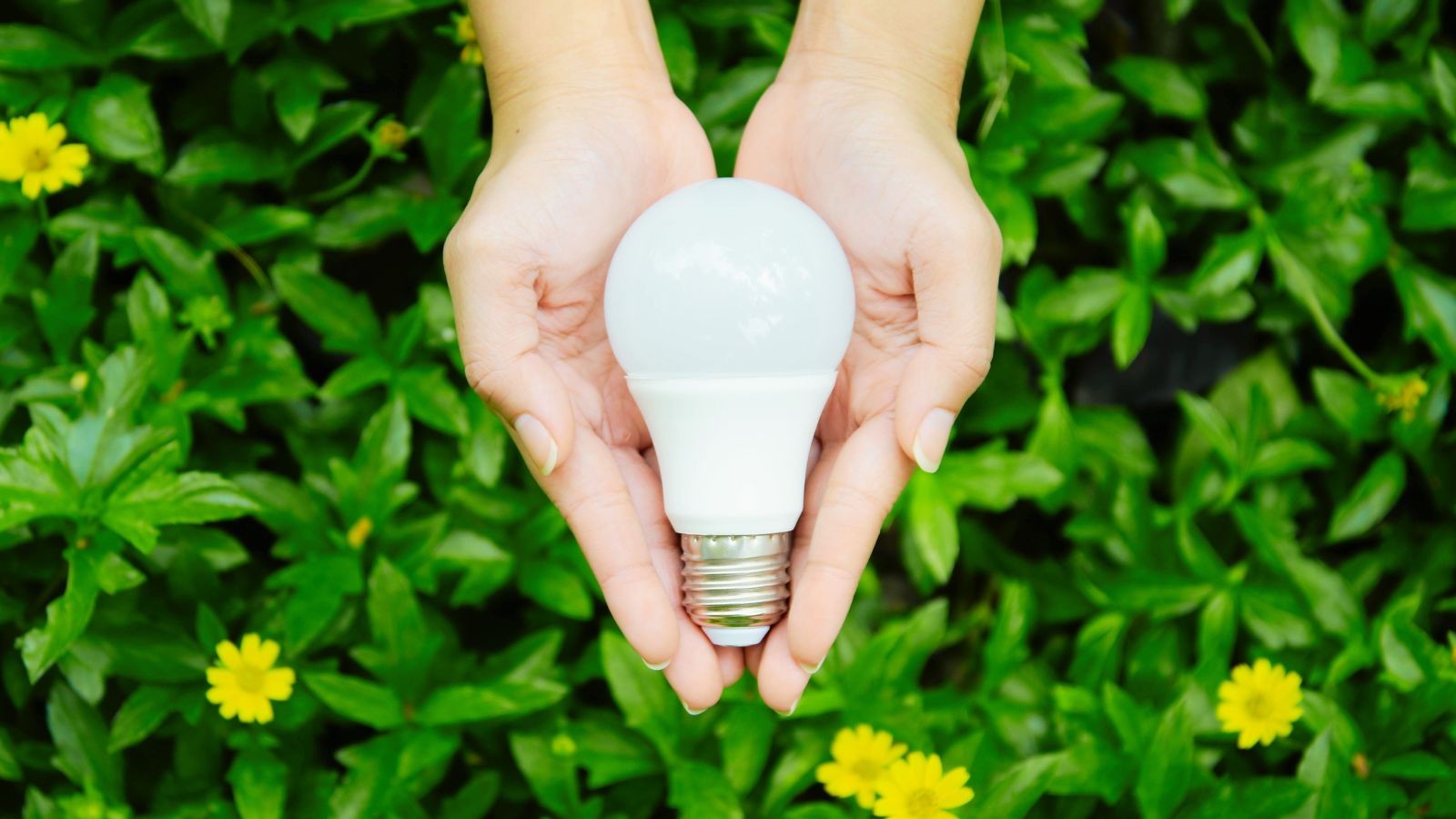
4. Save Energy
One of the most significant benefits of becoming more sustainable is that it can help reduce your bills in different ways.
For example, you can reduce your energy consumption at home by installing LED lights. LEDs are a lot more energy efficient. They can last longer than older light bulbs and use substantially less energy. At the same time, they can brighten up space more than your usual light fixtures.
If you haven’t replaced your light fixtures yet, make the change towards LED bulbs to get more bang for your buck.
5. Reuse and Recycle
There’s a reason why we keep being encouraged to reduce, reuse, and recycle. It’s because it reminds us of how we can manage the waste that we produce, and to ensure we all do our part in reducing our own impact on the environment.
Instead of throwing things away, look for another way to use it first. At the very least, if you’re going to throw something away, recycle it instead so that it can have another life. If the item cannot go into your recycling bin, you can donate it to various second-hand shops, or advertise it for free on your local online marketplace.
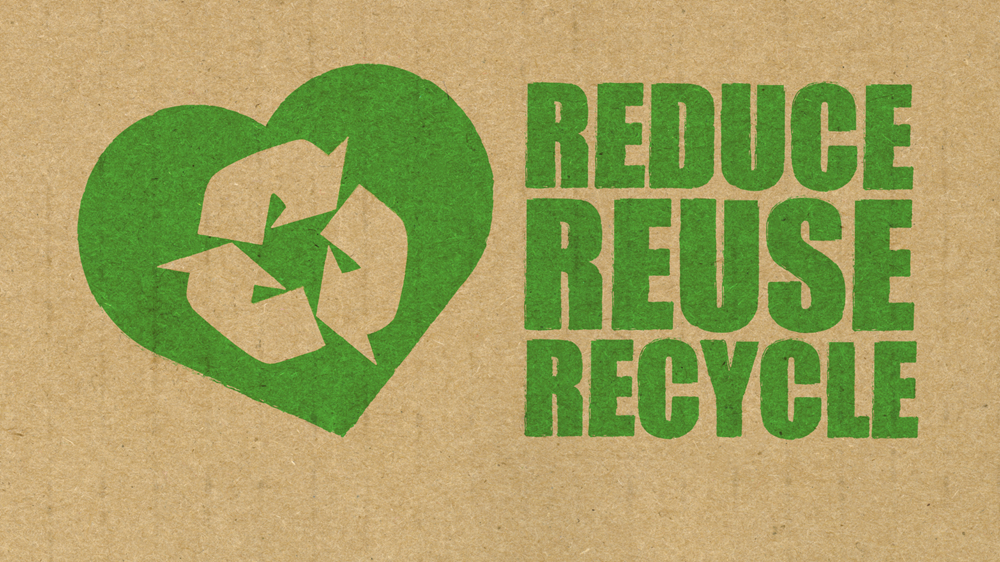
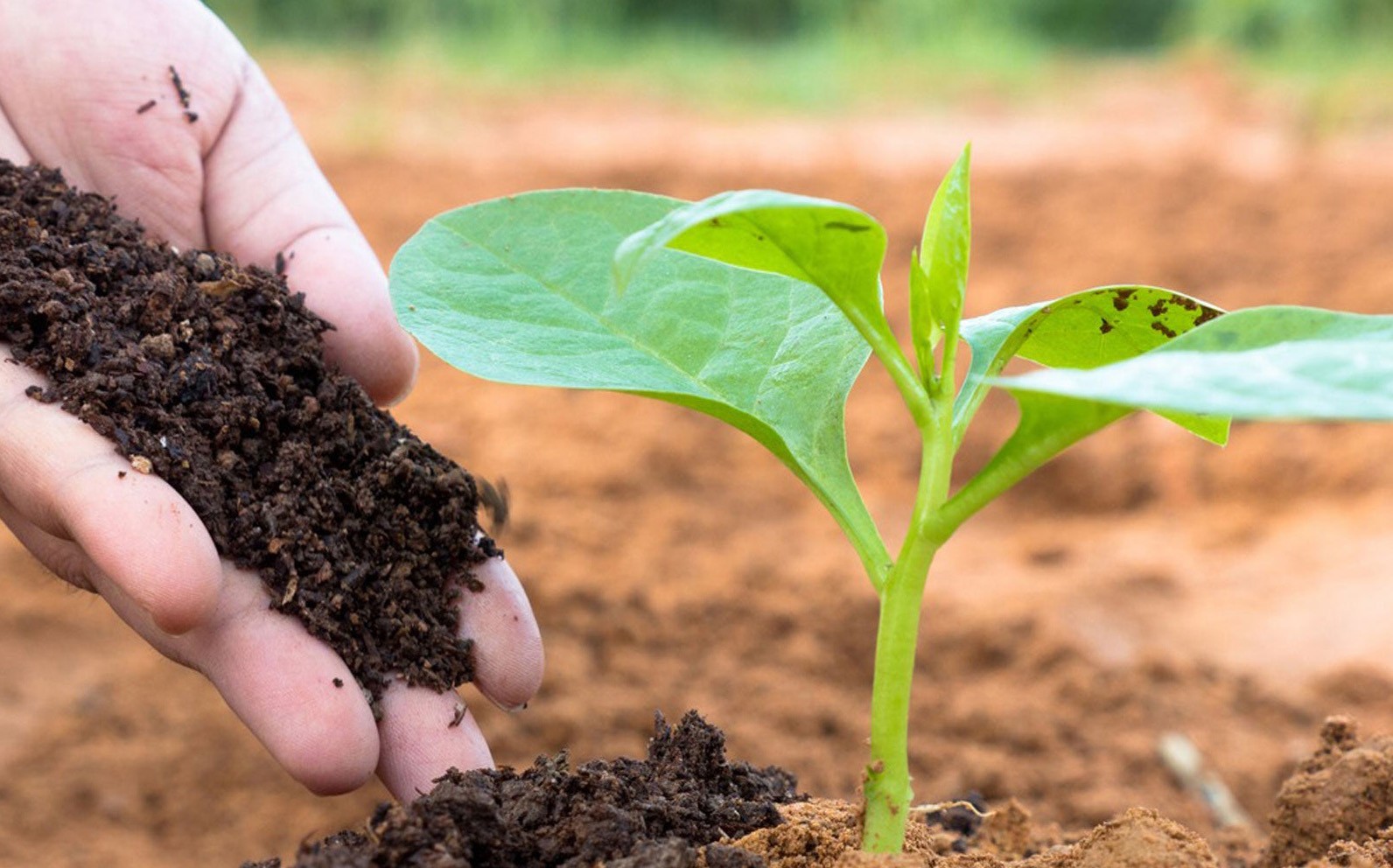
6. Start a Compost Pile or Bin
Did you know food waste can have other uses? Rather than throwing it all in the bin, you can utilise it for your garden.
If you’re a fan of home gardening, you could start a compost pile or invest in a compost bin. Compost can help improve the quality of your soil. It also helps retain water in the ground, so it stays hydrated for longer, meaning less watering is needed over the summer months.
As an extra bonus, it makes plants healthier and reduces the likelihood of pests attacking the plant. Plus, you won’t have to rely on chemical fertilizers to improve the condition of your plants.
By composting your food scraps and other waste (such as paper towels and tissues), you can have a greener, healthier home garden.
7. Add Decorative Plants
Adding decorative plants in your home is not mandatory in order to live an eco-friendlier lifestyle. However, it is a great option to help create more toxic free air in your home.
Indoor plants help improve the quality of air in your home. Not to mention that it’s a sustainable addition for your home decor. Therefore, add some decorative plants into your home that you can take care of easily. A Peace Lily or a ZZ (Zanzibar Gem) are great options for easy care and low maintenance plants.
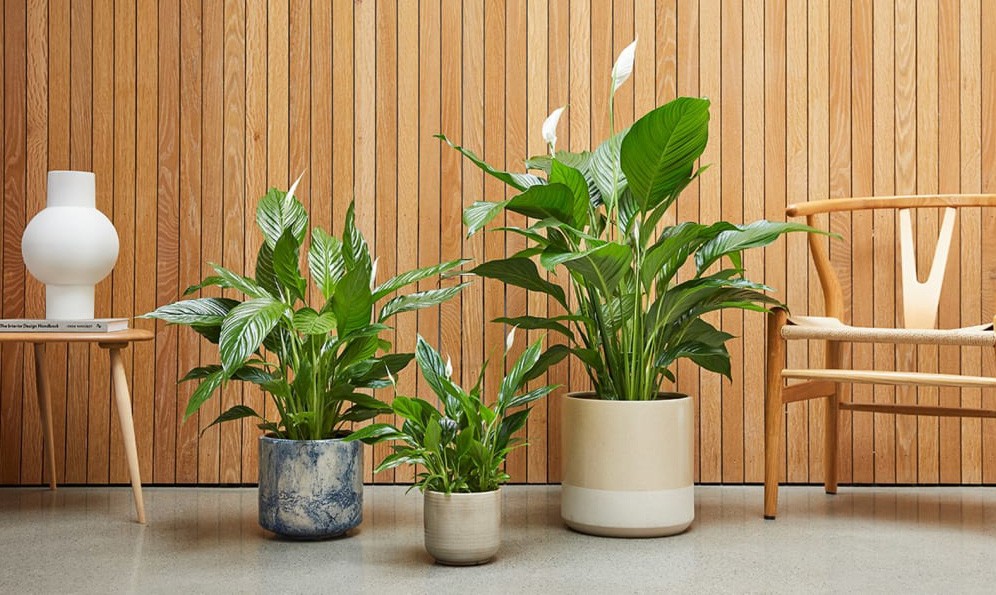

8. Use Organic (if possible) Wool-Stuffed Materials
Wool-stuffed materials, such as for beddings and mattresses, can help protect you and your from dust and bed mites, more than a conventionally made, synthetic based option.
As another bonus, it’s also less likely to trigger asthma or allergies. Overall, using organic wool-stuffed items in your home is going to benefit not only those who live in the home, but the environment also.
9. Install Solar Panels
If you’ve got the budget for it, solar panels are an excellent investment that will pay off the more time passes. They help provide your home with clean energy without paying for it at a fluctuating market price.
Although they’re often quite expensive to install, they’re a massive step towards self-sustainability. There are companies out there who install them for free, in exchange for a long-term payment plan, which could be a good option for those who don’t want to fund the installation up front.
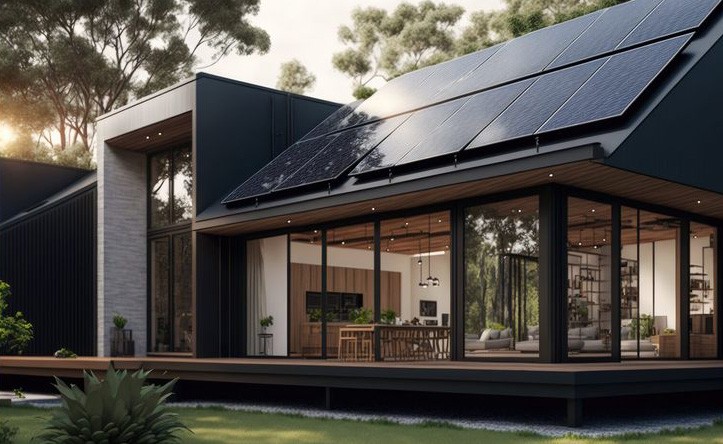

10. Select Environmentally Friendly Paint
Paint can contain a lot of toxic materials, which is why it’s often a recommendation that you paint with the windows open. Otherwise, you might suffer from bad headaches, or even worse, some people have been known to pass out.
Therefore, when choosing the paint for your home, consider using environmentally friendly paint. This option won’t be harmful to you or the environment when they vaporise in the air.
We don't need a handful of people being eco-friendly perfectly.
We need millions of people doing it imperfectly.